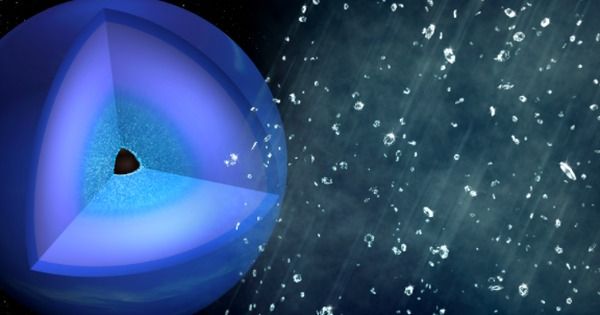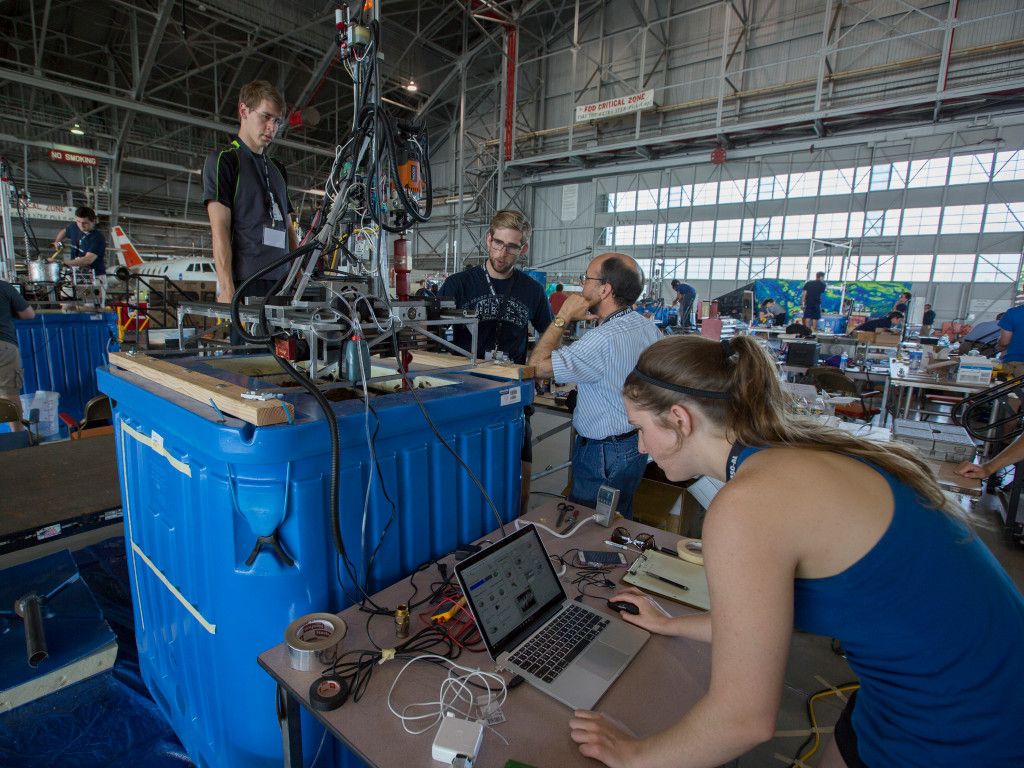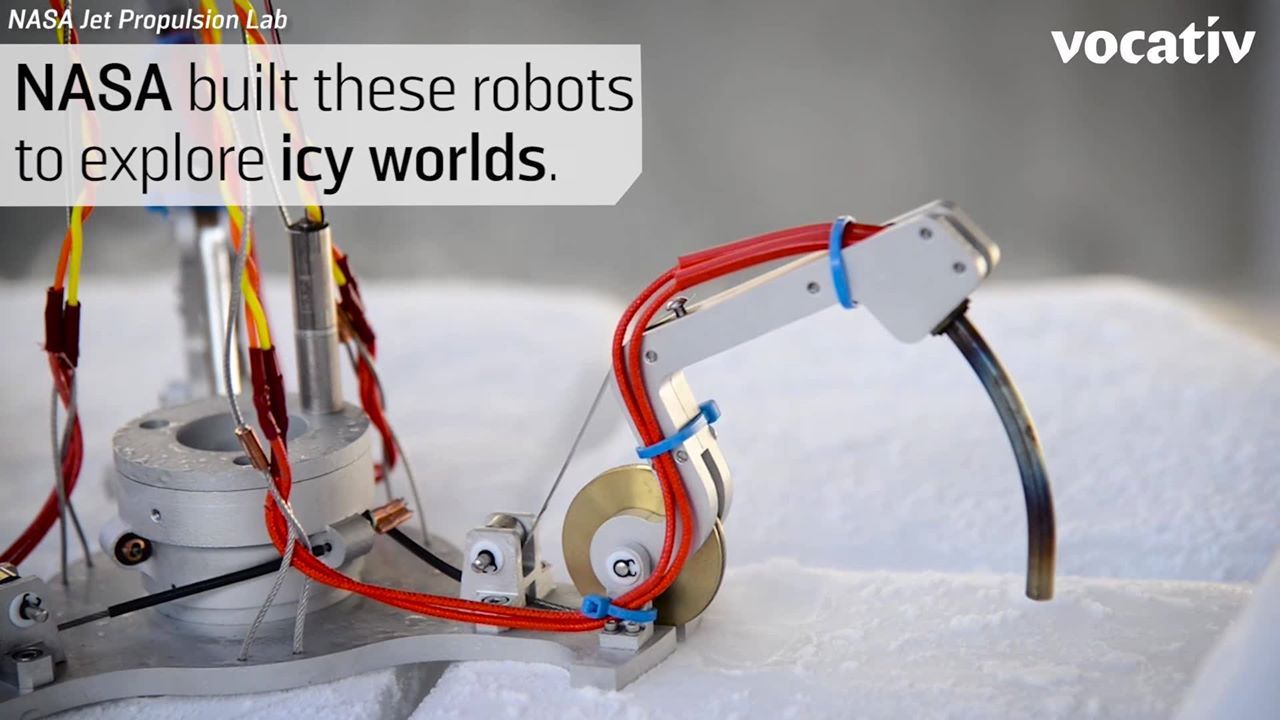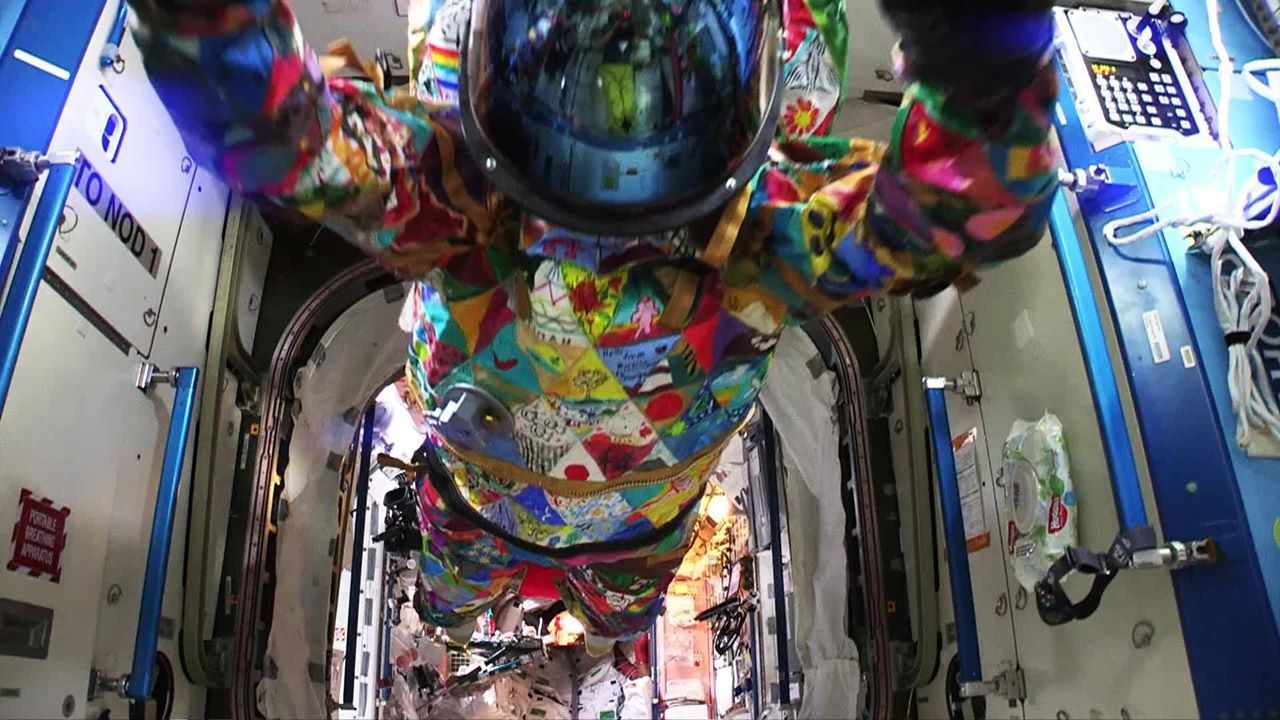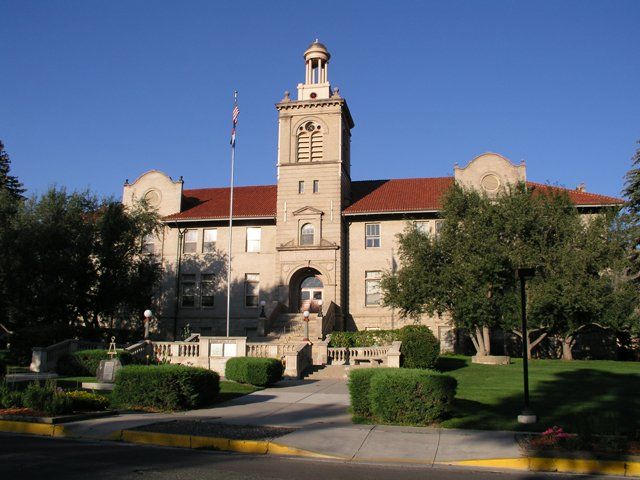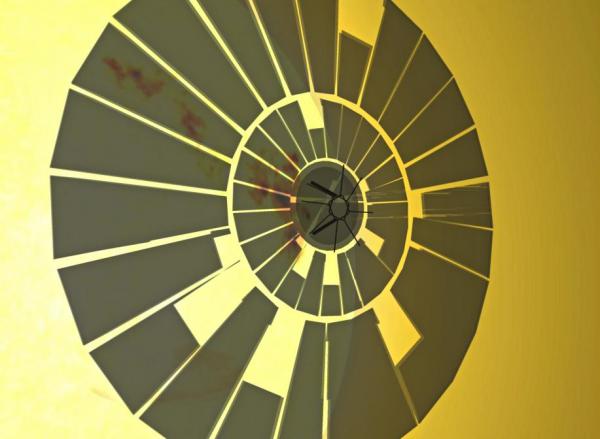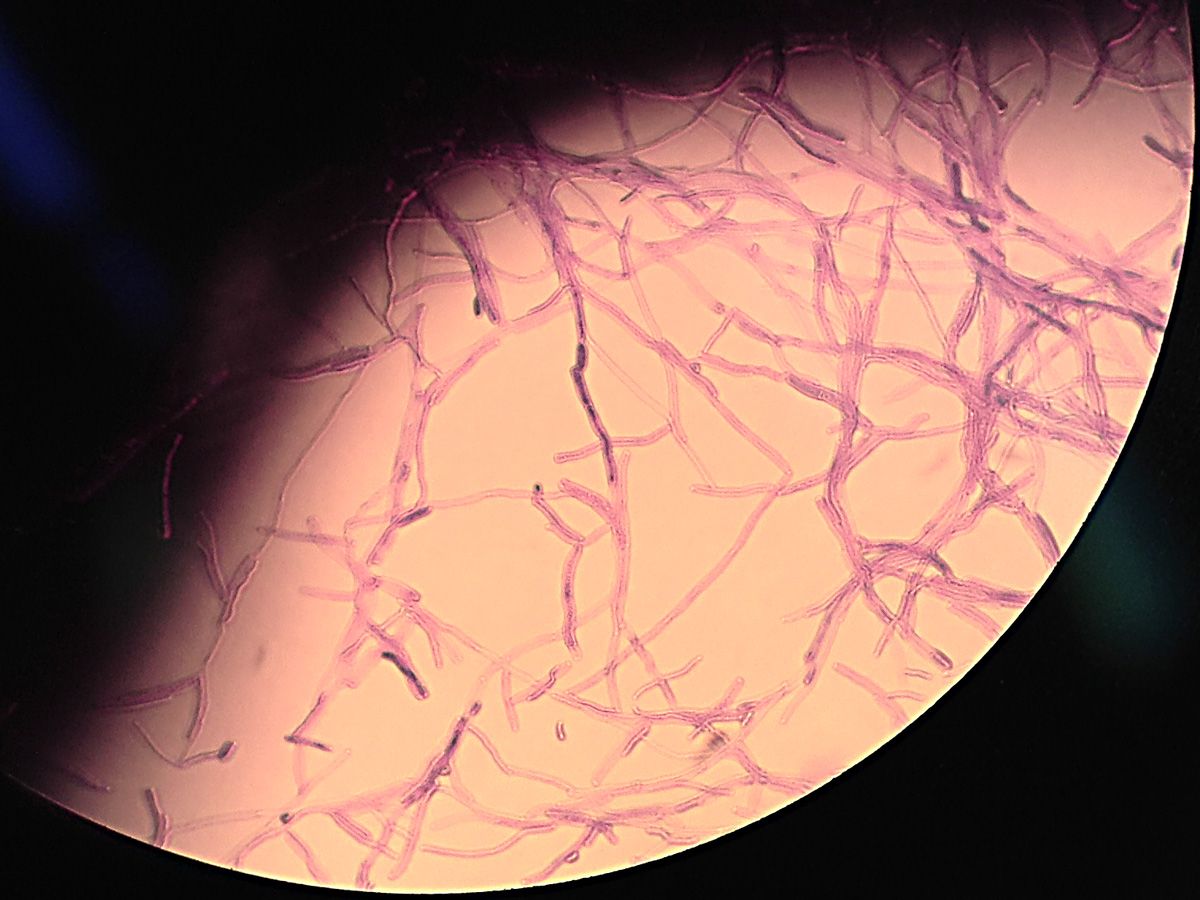Archive for the ‘space’ category: Page 883
Aug 29, 2017
Scientists Make It Rain Diamonds In The Lab
Posted by Shailesh Prasad in category: space
The first time and only time I’ve been to the United States was when I carried out a summer placement at the SLAC National Accelerator Laboratory. To get there, I had to have an interview at the U.S. embassy, where when asked what I was going to do in the U.S. I said that I’d be making diamonds. My interviewer laughed at me. But it was true, that was the experiment I was going to help out with. And now, a research collaboration of scientists from all over the world have, for the first time, created “diamond rain” in the laboratory to mimic the conditions of the interiors of icy giant planets. Dominik Kraus, scientist at Helmholtz Zentrum Dresden-Rossendorf, described this work as “one of the best moments of my scientific career.”
Icy giant planets like Neptune and Uranus in our solar system, are planets with a gaseous atmosphere and a rocky core surrounded by a dense slush of different ices. The ices are generally hydrocarbons made of heavier elements including oxygen, carbon, sulfur and nitrogen bonded to hydrogen. Under extremely high pressures, diamond rain can be seen deep inside their interiors. This occurs when the hydrogen and carbon are squeezed by extreme pressures to form solid diamonds. They then slowly sink towards the center of the icy giant forming a layer around the rocky core, just like rain sinks in our atmosphere towards the surface of Earth.
Aug 28, 2017
School of Mines hopes to launch first-ever space mining program
Posted by Klaus Baldauf in categories: bioengineering, education, space
The Colorado School of Mines is no longer concerned with just earthly matters.
The world-renowned science and engineering institution in Golden is now eyeing asteroids, the moon, Mars and beyond to explore, extract, process and use the raw materials they provide to help sustain life in space.
Mines hopes to launch a first-of-its kind interdisciplinary graduate program in space resources in 2018, pending approval by school leaders. The first course, Space Resources Fundamentals, is being offered as a pilot program this fall.
Continue reading “School of Mines hopes to launch first-ever space mining program” »
Aug 26, 2017
Scientists Finally Prove Strange Quantum Physics Idea Einstein Hated
Posted by John Gallagher in categories: information science, mathematics, particle physics, quantum physics, space
The equations of physics are things that we humans created to understand the Universe, and it can be hard to disentangle them from the Universe’s innate properties. It turns out that one of the weirdest things scientists have come up with, what Albert Einstein derisively called “spooky action at a distance,” is more than just math: It’s a fact of reality.
That concept is also known as entanglement, and it’s what allows particles that have once interacted to share a connection regardless of the separation between them. A team of physicists in the United Kingdom used some dense mathematics to come to their Einstein-angering conclusion, taking an important step towards proving whether quantum mechanics’ weirdness is just the math talking, or whether it speaks to innate physical requirements. Their mathematical proof’s main assumption is that any new physics theory should be backward-compatible with the physics you learned in high school.
Aug 25, 2017
NASA is building robots for planets made of ice
Posted by Shailesh Prasad in categories: robotics/AI, space
Aug 24, 2017
ICYMI: Astronauts showcased space art created with childhood cancer patients
Posted by Brett Gallie II in categories: biotech/medical, space
Aug 23, 2017
Colorado School of Mines plans to launch space mining graduate program
Posted by Montie Adkins in categories: economics, education, law, policy, space
You can go to school for space mining.
GOLDEN, Colo. — The Colorado School of Mines plans to launch a new graduate program that could help people inhabit other planets some day.
The school is working to launch the space resources graduate program that will teach students how to explore, extract and use resources not only on Earth but also on the moon, Mars, asteroids and more.
Continue reading “Colorado School of Mines plans to launch space mining graduate program” »
Aug 23, 2017
Quantum Internet Is 13 Years Away. Wait, What’s Quantum Internet?
Posted by Derick Lee in categories: internet, quantum physics, space
That’s because so much of the technology is still in its infancy. Physicists still can’t control and manipulate quantum signals very well. Pan’s quantum satellite may have been able to send and receive signals, but it can’t really store quantum information—the best quantum memories can only preserve information for less than an hour. And researchers still don’t know what material makes the best quantum memory.
A Chinese physicist hopes that quantum communications will span multiple countries by 2030. So… what’s it for?
Aug 23, 2017
Amat Farm
Posted by Klaus Baldauf in categories: finance, particle physics, solar power, space, sustainability
Amat farms (antimatter farms) consist of large banks of solar power collectors which power multicolliders optimally designed to produce antiparticles. The vast showers of collision products which result are sorted magnetically; antimatter particles and other useful species are collected, cooled and held in electric/magnetic traps.
The first amat farms were established in 332 orbiting Sol just outside the orbit of Mercury, known collectively as the Circumsol ring. Several power corporations were involved in this effort, including the Look Outwards Combine, Jerusalem Macrotech and General Dynamics Corporation. In 524 the Jerusalem Macrotech station B4 was destroyed during an unsuccessful raid by Space Cowboys.
Amat fields designed to produce anti-protons are typically 100km or more in diameter; fields which produce positrons are considerably smaller. The antiprotons and positrons are usually combined into anti-hydrogen and frozen for easier storage.
Aug 22, 2017
Astronauts may depend upon recycled urine filament for 3D printing in space
Posted by Klaus Baldauf in categories: 3D printing, bioengineering, genetics, space
“If astronauts are going to make journeys that span several years, we’ll need to find a way to reuse and recycle everything they bring with them,” says Mark A. Blenner, assistant professor of chemical and biomolecular engineering at Clemson University, South Carolina.
To this end, the Blenner Research Group is looking into the potential uses of a type of yeast called Yarrowia lipolytica, that feeds on the urea content of urine.
With a little genetic engineering the group has proven that the yeast can be used to produce hydrogen and carbon – the atomic ingredients of nutrients like Omega 3, and polyester-based 3D printer filament.
Continue reading “Astronauts may depend upon recycled urine filament for 3D printing in space” »

